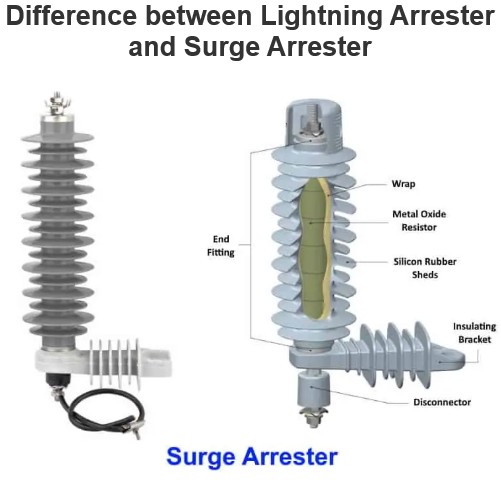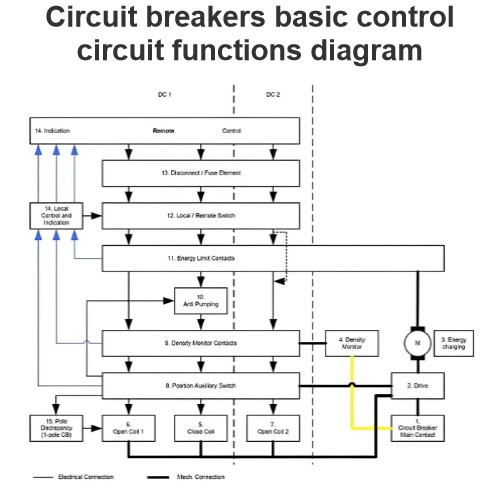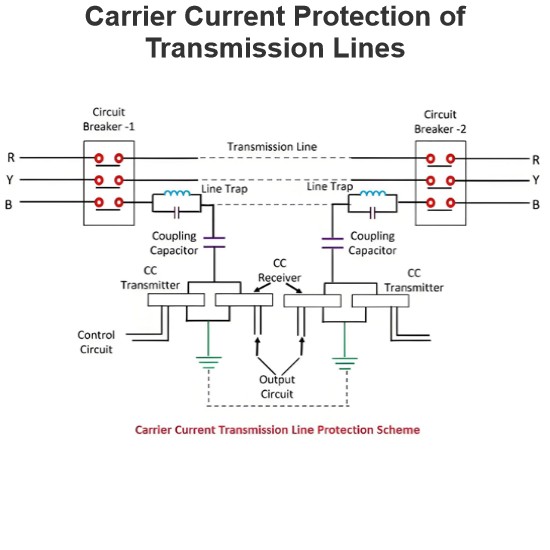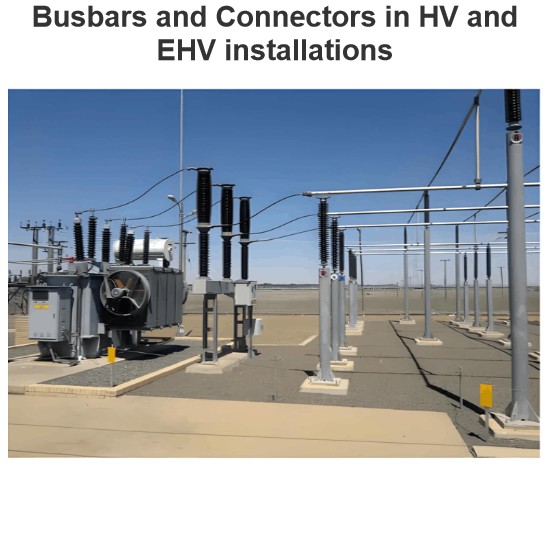Protective Actions to Avoid & to Reduce Electric Hazardous
General Safety Rules for EHV, HV, and MV InstallationsFor Extra High Voltage (EHV, where V≥150) kV), High Voltage (HV, with 60 kV ≤V < 150kV), and Medium Voltage (MV, having 1 kV < V < 60) kV) installations, a set of fundamental safety rules must be adhered to. These rules prioritize the physical protection of the site, carefully considering aspects such as access to equipment, as well as the basic principles governing the operation and maintenance of all electrical apparatus.Compliance with all relevant laws, internal company regulations, and both national and international standards is non - negotiable, especially when it comes to equipment integrity and ensuring the health and safety of personnel. This comprehensive adherence guarantees the reliable, efficient, and secure operation of high - voltage electrical systems, minimizing risks associated with electrical hazards and potential equipment failures.
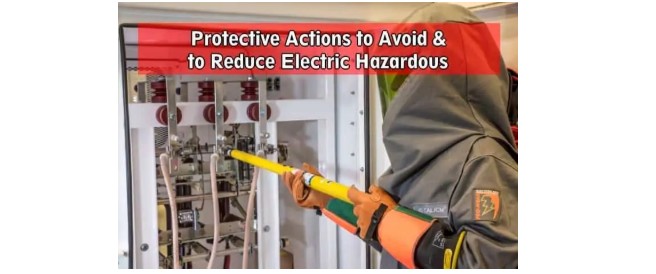
General Safety Guidelines for EHV, HV, and MV InstallationsFor Extra High Voltage (EHV, where voltage V≥150kV), High Voltage (HV, with 60 kV ≤ V < 150 kV), and Medium Voltage (MV, with 1 kV < V < 60kV) installations, a stringent set of safety protocols is essential. These guidelines encompass various aspects, from the physical safeguarding of the installation site to the proper operation and maintenance of electrical equipment.
Indoor Equipment Installation
Indoor electrical equipment must be housed in locked rooms accessible only to authorized personnel. This measure ensures that sensitive and potentially hazardous equipment remains secure and out of reach of unauthorized individuals.
Core Installation and Operational Principles
Understandability and Maintenance: Electrical installations should be designed for ease of comprehension and routine upkeep. This allows maintenance staff to quickly identify components, troubleshoot issues, and perform necessary repairs efficiently.
Low - Voltage Equipment Preference: Whenever feasible, equipment operating at reduced voltages (≤ 25 V in humid or wet environments; ≤ 50 V in general) should be utilized. Lower voltages significantly reduce the risk of electric shock, enhancing overall safety.
Reinforced Insulation: Employing equipment with reinforced insulation provides an additional layer of protection against electrical leakage and accidental contact with live parts.
Enclosure Protection: Adequate protection levels, indicated by IP (Ingress Protection) and IK (Impact Resistance) codes, must be ensured for all equipment enclosures. These codes define the equipment's resistance to dust, water ingress, and physical impacts.
Earthing: All metallic structures within the installation must be properly earthed. Earthing serves as a crucial safety measure, providing a low - resistance path for fault currents to dissipate into the ground.
Live Part Isolation: Any unenclosed live metallic parts must be segregated using fences or equivalent barriers to prevent accidental contact by personnel.
Workspace Provision: Sufficient space must be allocated around switchboards to facilitate safe movement and access for personnel during operation, maintenance, and emergency situations.
Qualified Personnel: Only specialized personnel, equipped with appropriate tools, should undertake any work on electrical installations. This ensures that tasks are performed safely and in accordance with established standards.
Emergency and Fire Safety
In the event of a fire:
Power Shutdown: The power supply must be immediately cut off.
Alarm and Response: Personnel should promptly raise the alarm, don protective masks against toxic gases, and initiate smoke extraction procedures.
Containment: Close all doors, windows, and openings to prevent the spread of fire.
Firefighting: Use appropriate portable extinguishing equipment, such as ABC powder or CO₂ fire extinguishers, to combat the fire.
Work Procedures on Electrical Installations
When performing work on electrical installations, employees must adhere to strict regulations that comply with relevant laws, official standards, and internal company procedures:
De - energization and Earthing: The specific section of the installation under work must be de - energized and properly earthed to eliminate the risk of electric shock.
Personal Protective Equipment (PPE): Workers must be equipped with full PPE, including protective clothing, helmets, safety glasses, dielectric footwear, and insulation gloves. An insulation mat should be placed at the work site for added protection.
Work Area Isolation: The working area must be clearly demarcated using barriers, tapes, fences, or similar devices to prevent unauthorized entry.
Post - Work Checks: After completing the work and before re - energizing the system, it is essential to verify that all tasks have been executed correctly and that all personnel are aware of the impending power restoration. Only the designated work supervisor is authorized to reconnect the power.
Safety Interlocks
To prevent hazardous incorrect operations that could damage equipment and endanger employees, an interlocking system must be implemented. Common improper maneuvers include:
Operating isolators while circuit breakers are closed (on - load operation).
Closing earthing switches with circuit breakers and/or isolators closed and voltage present.
Closing circuit breakers and/or isolators when earthing switches are engaged.
Activating other circuit breakers when the "circuit breaker failure" protection relay (50BF) is triggered.
There are two primary types of interlocks:
Electrical Interlocking: This mechanism, implemented through "hardware" components like relays and cabling or via "software" controls, prevents unauthorized electrical operation of equipment.
Mechanical Interlocking: Designed to restrict local manual control, mechanical interlocks can be achieved using padlocks, locks, or integrated designs, such as isolators with built - in earthing switches. Many pieces of equipment are equipped with both electrical and mechanical interlocks for enhanced safety.
Protection of Equipment with Accessible Live Parts
All electrical equipment with accessible live parts, such as auxiliary transformers and capacitor banks, must be safeguarded by a locked fence. The fence should be connected to the earth grid, and the access door should be fitted with a micro - switch that trips the protective device if unauthorized entry is attempted. In the case of capacitor banks, a time - delay interlock must be incorporated to ensure the bank is fully discharged before the door can be opened.
Electrical Safety Signs
At EHV, HV, and MV installations, clearly visible electrical safety signs must be posted. These signs should indicate the presence of electrical installations and the associated risk of electrocution. They must be written in the local language and comply with applicable technical standards. Safety signs should be prominently displayed at all fences, electrical equipment compartment doors, metallic towers and structures, switchboards, and battery areas to ensure that all personnel and visitors are aware of potential hazards.
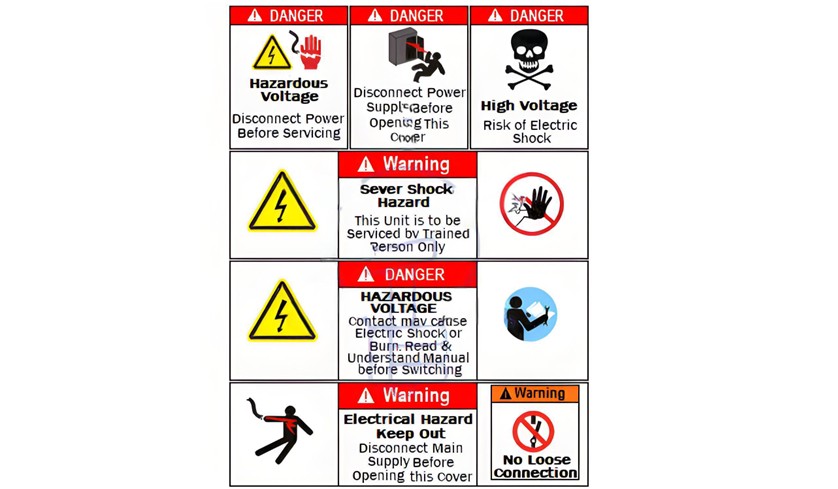
The Electricity Encyclopedia is dedicated to accelerating the dissemination and application of electricity knowledge and adding impetus to the development and innovation of the electricity industry.

